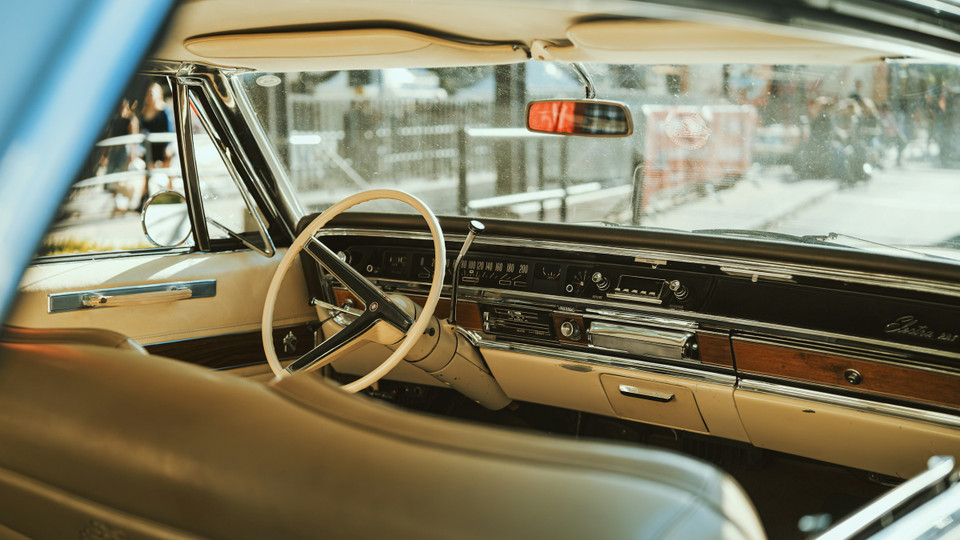Classic car enthusiasts often want the best of both worlds: the authentic look of a stock head unit combined with the improved sound quality of modern speakers. While this pairing is possible, it comes with unique challenges. Understanding the limitations of factory radios and the requirements of contemporary speakers is key to achieving a system that both looks right and sounds good.
The Challenge of Stock Head Units
Stock radios from the ’50s, ’60s, and ’70s were designed for low-power, high-impedance speakers. Most classic head units output anywhere from 3 to 8 watts per channel, often at 8 to 10 ohms. Modern speakers, by contrast, are built to handle 4 ohms and thrive when paired with amplifiers delivering 20, 40, or even 100 watts RMS.
When you wire today’s low-impedance speakers directly to a vintage head unit, the mismatch can cause several problems:
-
Overheating the radio as it struggles to power lower-ohm loads.
-
Distortion at higher volumes due to insufficient power.
-
Potential damage to delicate stock electronics.
This doesn’t mean you can’t pair them—but it requires strategy.
Step One: Know Your Speaker Ratings
Before you start wiring, check the impedance (ohms) and power handling of your speakers. A modern 4-ohm, 50-watt speaker will sound underpowered when driven by an old radio. If you connect two such speakers in parallel, you’ll drop impedance even further, creating a load the stock unit wasn’t built for.
A better approach is to wire speakers in series to raise impedance closer to the original spec. For instance, two 4-ohm speakers wired in series present an 8-ohm load—much friendlier to older electronics.
Step Two: Use an Amplifier Bridge
Another option is to bridge your stock head unit to an external amplifier. Companies like Custom Autosound, RetroSound, and Antique Automobile Radio design hidden amplifiers that integrate seamlessly. The head unit becomes a control piece, while the amp does the heavy lifting. This preserves the dash look while powering modern speakers properly.
For purists who insist on running strictly stock radios, you can add an impedance-matching transformer. This inexpensive solution balances the old high-ohm output with modern 4-ohm speakers, reducing stress on the unit.
Step Three: Placement Matters
Modern speakers are often coaxial or triaxial, designed to reproduce full frequency ranges. Mount them where they can breathe—kick panels, rear decks, or custom enclosures. Running them off a weak stock unit won’t give you deep bass, but proper placement ensures you at least get clean mids and highs.
Avoid burying new speakers in door cavities without insulation, as rattles and sound loss will overshadow any upgrade in equipment.
Alternatives for Better Sound
If you want the look of a stock head unit but the power of modern gear, consider:
-
Antique Automobile Radio reproductions, which look 100% original but hide modern guts.
-
Custom Autosound’s USA series, which fit classic dashboards and deliver real power for today’s speakers.
-
Hidden Bluetooth modules or under-dash amplifiers that let you keep your stock face while secretly upgrading performance.
Final Thoughts
Wiring modern speakers to stock head units in classic cars is possible, but it requires balancing impedance, power output, and expectations. Stock radios were never designed for today’s 4-ohm, high-power speakers, so careful wiring—or adding discreet amplifiers—is the key to safe, effective performance.
At Vintage Car Radio, we always recommend solutions that protect your vintage electronics while delivering the clean, enjoyable sound you deserve. Your classic car should look original and sound amazing—without risking damage to the parts that make it timeless.



